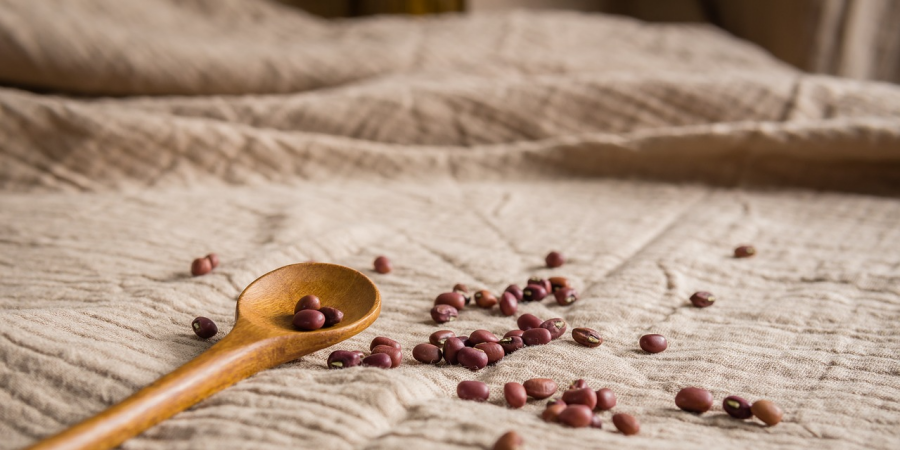

Ragi, commonly known as finger millet, is an ancient grain that is quickly gaining popularity due to its multiple health advantages and culinary diversity. This powerful grain is gluten-free, packed in key nutrients, and versatile, making it an excellent supplement to any regular diet. Ragi has a lot to offer, whether you want to increase your nutritional intake or find healthier alternatives to everyday foods.
Nutritional Benefits of Ragi:
Ragi's high nutritional value is one of the main reasons it's becoming popular in modern kitchens. It contains vital nutrients such as calcium, iron, fibre, and protein. Ragi is an excellent non-dairy source of calcium, which is required for strong bones and teeth. It provides 344 mg of calcium per 100 grammes, making it especially useful for persons who are lactose intolerant or want plant-based calcium sources.
Ragi is a good source of dietary fibre, which aids digestion and weight management. Its high fibre content provides a sense of fullness, which reduces hunger and aids in progressive weight loss. Ragi has a low glycaemic index, which means it releases glucose slowly, reducing blood sugar increases. Ragi is also a suitable alternative for persons with anaemia or low haemoglobin levels due to its high iron content. The inclusion of antioxidants such as polyphenols strengthens its effect in improving overall immunity and slowing the ageing process.
Simple Ways to Include Ragi in Your Daily Life
Ragi's adaptability is its most appealing feature. It can be easily included into a variety of meals, including breakfast, supper, snacks, and dessert. Here are some suggestions for how you can incorporate ragi into your daily meals:
Why should ragi be a daily staple?
Incorporating ragi into your regular diet not only provides nutritional benefits but also promotes sustainability. Ragi is a resilient crop that can grow in desert climates with little water, making it a sustainable food source. Furthermore, as people increasingly seek alternatives to wheat and rice to address lifestyle disorders such as diabetes, ragi stands out as a good choice due to its low glycaemic index and high nutrient richness.
To summarise, incorporating ragi into your daily diet is a simple yet effective method to improve your health, help the environment, and enjoy a range of delicious foods. Its adaptability enables innovative culinary experiments while providing essential nutrients for a balanced and healthy lifestyle.
